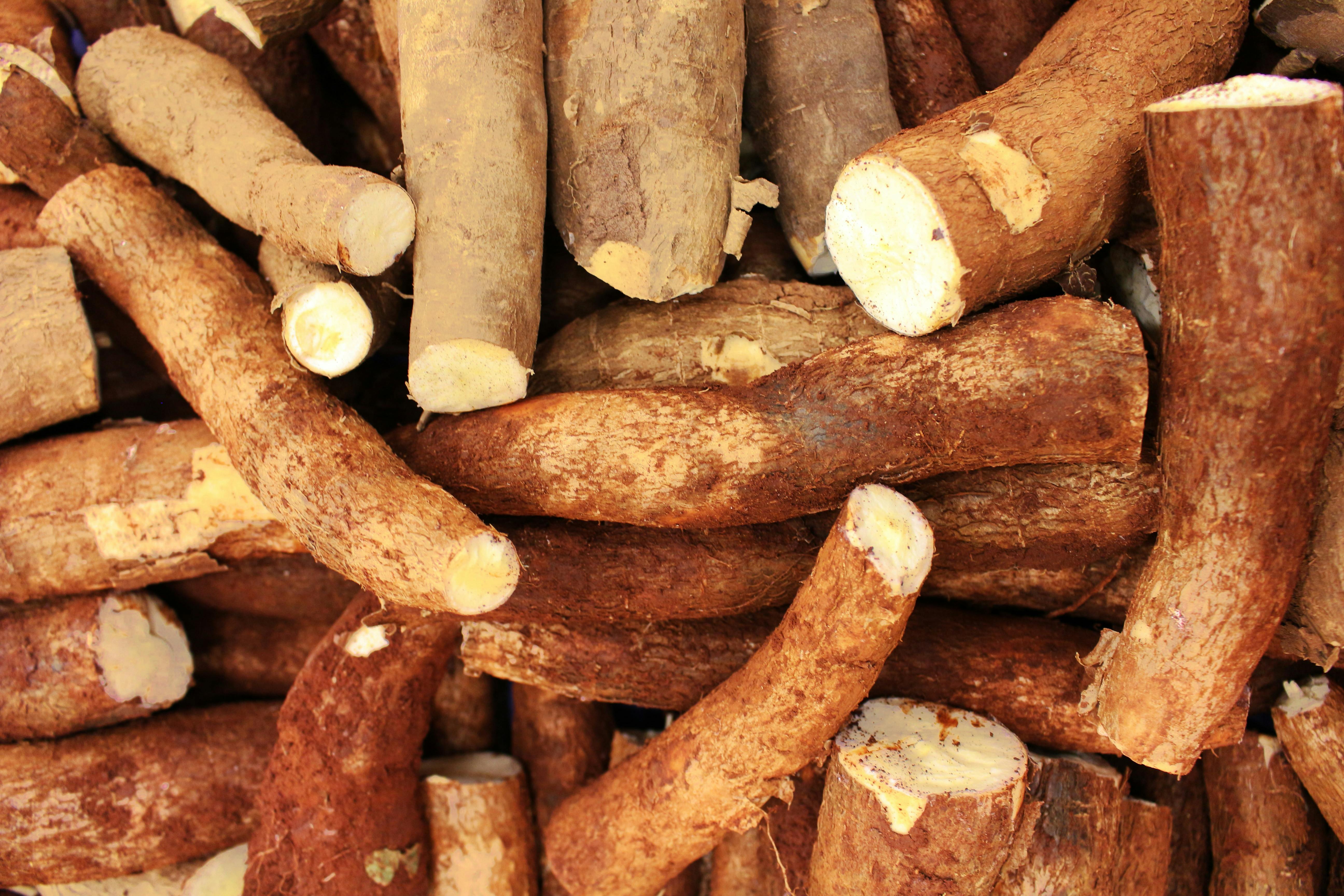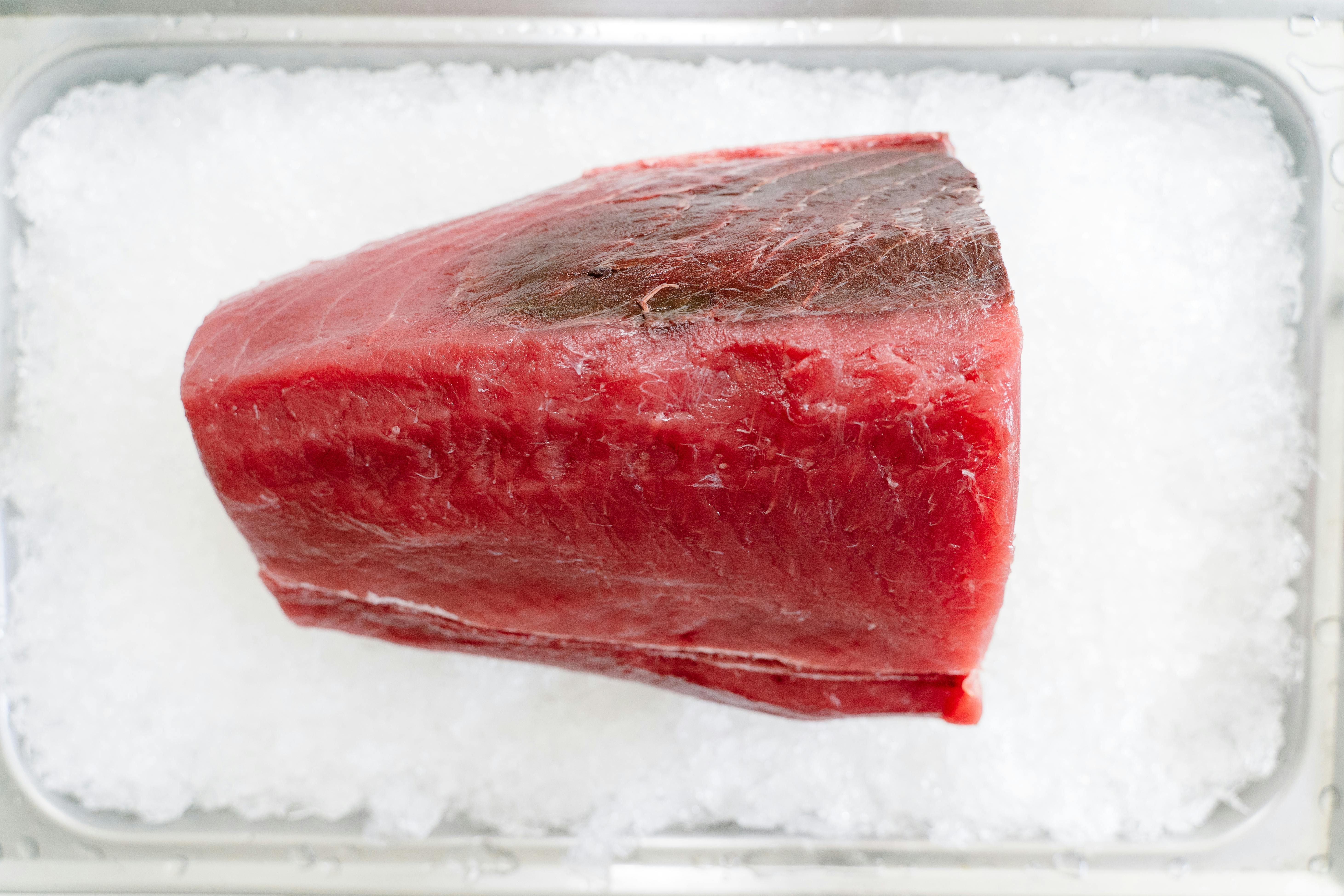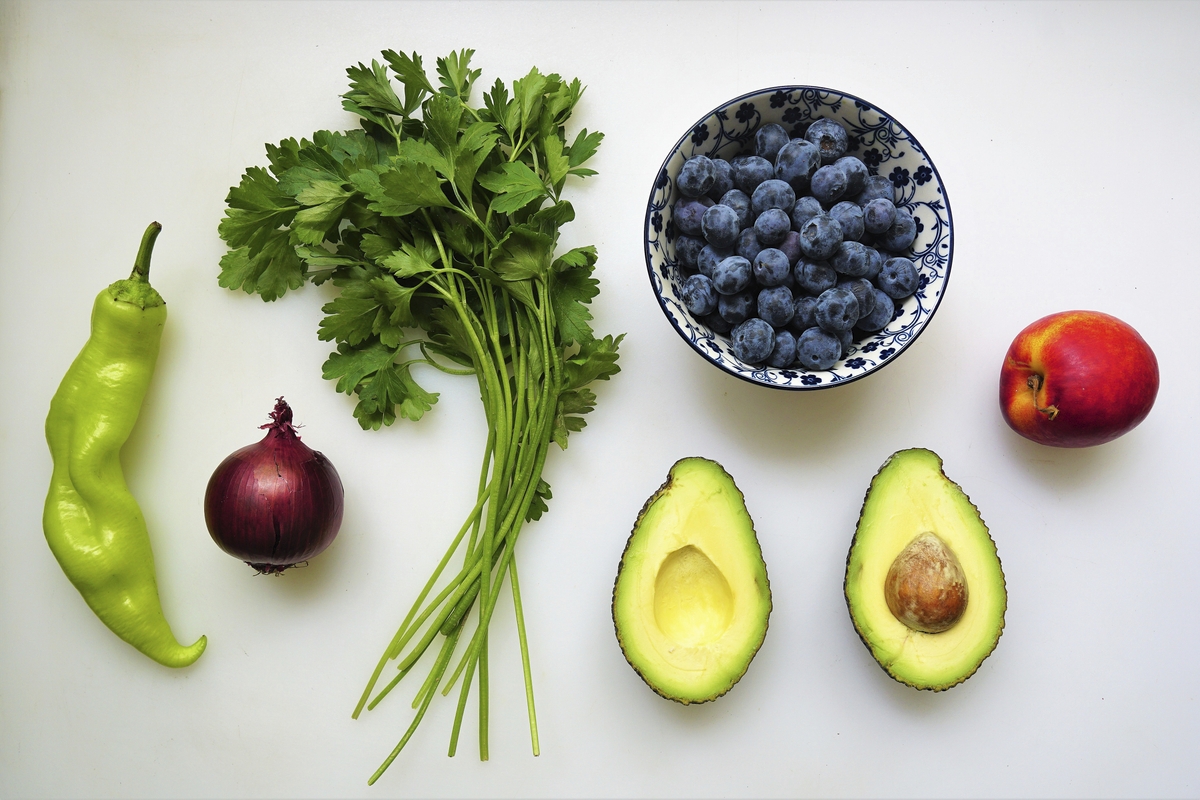Eating foods raw sometimes seems appealing, and this is indeed true. However, certain items always need to be carefully prepared before you eat them. Remember, this is not just about taste; it truly helps avoid serious health dangers. Natural toxins or harmful bacteria hide in these foods, don’t they?
Whether preparation was missed or food safety was ignored, eating them raw makes you quite sick. You always need to know which items require extra caution. Understanding these risks means you can enjoy these foods safely. Below, we explore five foods that are not eaten raw and explain why they are harmful.

1. **Red Kidney Beans**: These beans, which often appear in chili, are common in many kitchens. However, raw ones contain a toxin called phytohaemagglutinin, which makes you feel very unwell. Nausea, vomiting, and diarrhea can happen just hours later. It is necessary that thorough cooking completely neutralizes this toxin. The FDA says that slow cookers are often not hot enough. Boiling for ten minutes completely ensures safety.

2. **Shellfish**: Shrimp, oysters, clams, and mussels are often enjoyed. But raw ones might carry Vibrio bacteria, which lives in warm waters. Vibrio infections also cause vomiting, diarrhea, and severe issues. Cooking shellfish well is always the only reliable way to kill Vibrio. You know, myths like using lemon juice do not eliminate these bacteria. Proper cooking prevents risks, allowing for safe enjoyment now.

3. **Elderberries**: People use elderberries for health, sometimes making syrups for colds. Strangely, raw or unripe ones might hold substances that produce cyanide. Eating them raw can result in nausea and cause you to throw up. You must always cook elderberries well to eat them safely. This process breaks down harmful substances, making benefits possible.

4. **Fugu (Pufferfish)**: Fugu is a Japanese food delicacy, but it is very dangerous as it contains a poison. The fish has tetrodotoxin, a neurotoxin that can be fatal. Preparing fugu requires special training, and a license is also required. Eating fugu that is improperly prepared risks paralysis and potentially death. It is important to only eat it from certified experts.

5. **Cassava**: Also called yuca, cassava is a root vegetable popular worldwide. Raw cassava contains compounds that release cyanide when eaten. To make it safe, peel it, soak it, and cook it thoroughly. Even sweet varieties of cassava always need careful preparation. Improperly prepared cassava can easily cause acute cyanide poisoning.

6. **Ackee Fruit**: West Africa yields the intriguing Ackee Fruit. This fruit, grown across Caribbean islands, holds grave warnings. Its seeds and unripe flesh contain hypoglycin A. This toxin causes severe “Jamaican vomiting sickness.” Symptoms range from feeling sick to having fits. In extreme cases, this illness may be fatal. When eating ripe ackee fruit, the seeds need to be removed carefully.
Only fully ripe ackee fruit is safe to eat. Proper seed removal makes it safe to consume. Extreme care is essential when preparing ackee fruit. Ackee Fruit has great cultural significance in Jamaica. It stars in the national dish, ackee with saltfish. Experienced cooks still take great care in handling it. Any oversight in preparation can quickly turn it hazardous.

7. **San-nakji (Live Octopus)**: **San-nakji (Live Octopus)** involves daring presentation in Korea. This dish features live octopus tentacles right on the plate. They often still move around as you watch. It offers an adventurous culinary experience sometimes. Yet it comes with an unexpected, serious danger: choking. The suction cups may cling tightly inside your throat.
This could lead to potential suffocation, sadly. Chewing thoroughly helps prevent this dangerous outcome. Swallowing requires complete chewing beforehand. This exotic dish is loved at Korean street markets. It celebrates freshness and interesting texture. Consuming it requires keen concentration and specific techniques. Its “liveliness” presents notable risks you should not underestimate.

8. **Wild Mushrooms**: Foraging Wild Mushrooms appeals greatly to many people. This practice always carries significant inherent risks. It is very difficult to tell safe ones from poisonous types. Even seasoned foragers often find it confusing. Consuming death cap mushrooms leads to severe liver damage. Toxic mushrooms like Amanita phalloides can cause death.
The USDA advises against eating mushrooms that have been foraged without expert guidance. An expert should definitely identify them first. Wild Mushrooms add unique flavor to meals. Their potential to cause serious illness is significant. Source them from reliable suppliers for safety. Stick with cultivated varieties whenever you can.

9. **Raw Milk**: Raw Milk fans praise its taste and the benefits they claim it has. Drinking unpasteurized milk presents risks not worth taking. Raw milk could harbor many harmful bacteria. Salmonella, E. coli, and Listeria cause severe sickness. Pasteurization heats milk to kill these germs. This heating process is vital for safe consumption.
Proponents say pasteurization reduces some nutrients slightly. The safety trade-off is absolutely essential for health. Raw Milk keeps a loyal following in farm movements. But illness outbreaks make it a risky choice. Families and individuals should avoid this gamble for sure.

10. **Raw Tuna**: Sushi and sashimi lovers enjoy Raw Tuna a lot. Its delicate flavor is appealing, true. But eating it presents certain challenges. Tuna from warmer oceans can contain high levels of mercury. This mercury level poses health risks if it is eaten in large quantities.
Furthermore, raw tuna can carry parasites. Parasites like Anisakis cause severe stomach issues. Sourcing from reputable vendors is always critical. Look for a label that says the tuna is ‘sushi-grade’. Freezing before eating can kill parasites. This simple step makes raw tuna safer to consume. Raw Tuna is a great delicacy worldwide. Preparation methods must meet strict standards for safety.
Related posts:
8 Foods You Probably Didn’t Know Can Be Lethal
Recalls of Raw Pet Food Expand After More Bird Flu Cases in Cats. Here’s What to Know.
Can Eating a Handful of Raw Spinach in the Morning Make You Healthier?




